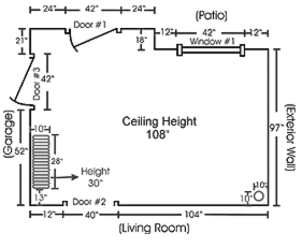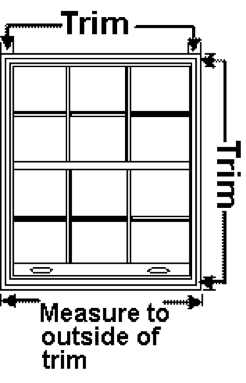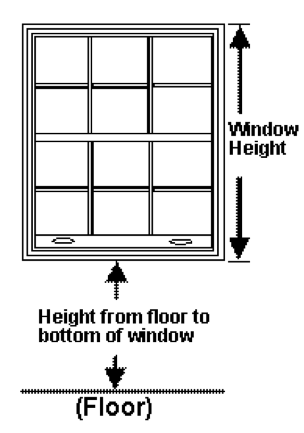Before your appointment…
Of course the best way for our designers to get an idea of your space and style is by personally visiting your home but maybe you are not quite ready to make that commitment but just want to get an idea of budget first. By taking some basic measurements and providing us some digital photographs, our experienced designers can visit with you in the showroom, look at your space and provide some initial budget figures based on comparable projects. Another option is bringing in original plans from your home. If you are lucky enough to still have these, this can be very helpful for our designers to get started and they are happy to make copies of your originals to work with.
Measuring your kitchen and bath:
If you are trying to give your designer an idea of the size of your kitchen and bath in order to get some basic ideas of budgeting and design, we have included this step by step guide to which takes you through the process.
Note: All measurements should be in inches. For example, if you measure a wall that is 10 feet long, write it as 120”.
Note: If you are remodeling, do not include current cabinetry or other items that will not be kept.
We may download the Magicplan app to your mobile device. The app will guide you through the measurement process and you can email them to us straight from your phone.
We have also provided a grid that can be printed and used to write your measurements. Click here for grid paper as a .docx or a .pdf.
Sample drawing:



